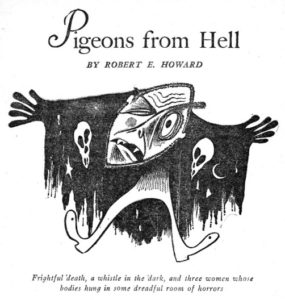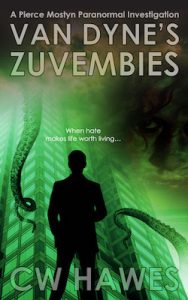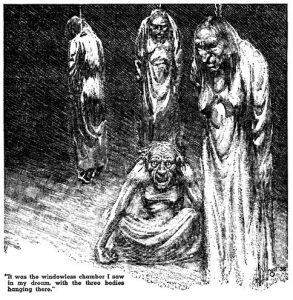Halloween is just 12 days away, as of this writing, and, today, I’m continuing with more of my favorite tales of terror.
In the early 1970s, I was re-introduced to HP Lovecraft, learned of Robert E Howard, August Derleth, and the other writers of The Lovecraft Circle. I met, in person, Donald Wandrei and Carl Jacobi. As a result, I had a revival of my interest in horror.
That interest faded in the 80s when I became enamored with mysteries. However, from that time, there are several stories that stand out. Stories that made a lasting impression.
The Transition of Juan Romero
I have always liked HP Lovecraft’s early story “The Transition of Juan Romero”. The story is well-written, in my opinion, and lacks the melodrama that often mars his later work. The tale builds slowly, making allusions to Aztec myth, until it reaches its deliciously terrifying conclusion. A story that is often overlooked. I think it deserves greater attention. You can read it here.
Pigeons From Hell
Robert E Howard was a master storyteller. A writer who was gifted beyond measure and wrote superb stories no matter the genre. And did so all before the age of 30.
“Pigeons from Hell” is a premier example of Southern Gothic horror. It delivers a genuinely terrifying story that builds on the Southern folklore tradition. The story is without a doubt one of the master’s best. You can read it here.
Solomon Kane
Of all Robert E Howard’s characters, I am most partial to Solomon Kane. The dour Puritan knight errant who battles supernatural evil wherever he finds it, but does so mostly on the mysterious Dark Continent.
I love the Solomon Kane stories. They were an instant hit with me. So much so, I have a small collection of the various additions of the stories.
Tales of high-adventure, filled with action and suspense, and of course terror. Stories very appropriate for Halloween. You can read the stories for free on Project Gutenberg Australia. Just scroll down to the Robert E Howard entry.
1984
No one I am aware of classifies George Orwell’s 1984 as a tale of terror. However, I think it is the scariest book I’ve ever read. It is a slowburn tale of terror, political terror, and if the ending doesn’t scare the bejeezus out of you, nothing will.
I think it an especially appropriate read in our current political and social climate. Halloween will never be the same. Support an independent used bookstore. Or pick it up on Amazon.
Two stories, one novel, and one series character. Plenty of grist for the terror mill.
Comments are always welcome. And until next time, happy reading!
Share This!

